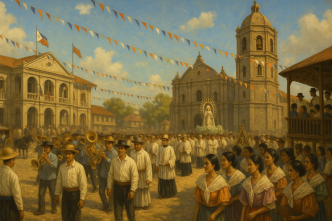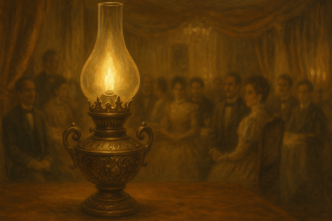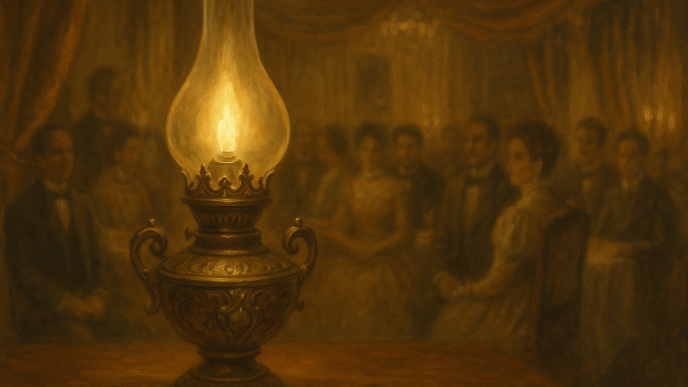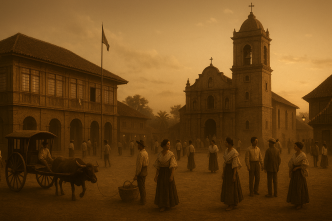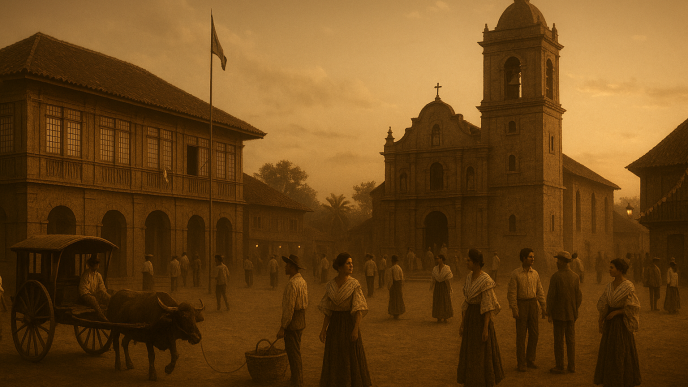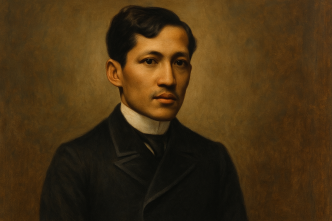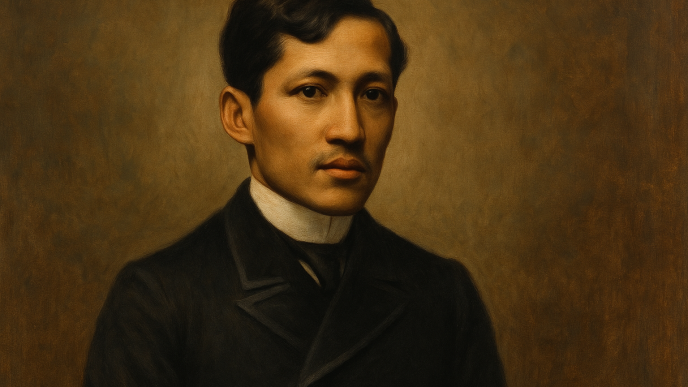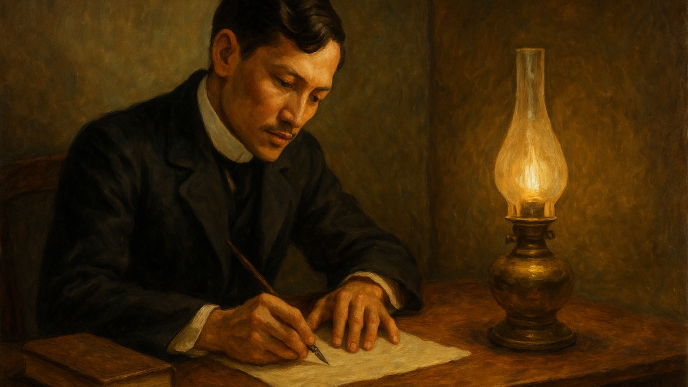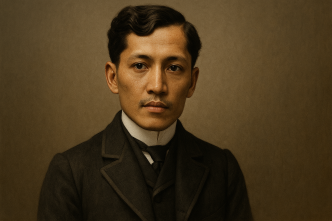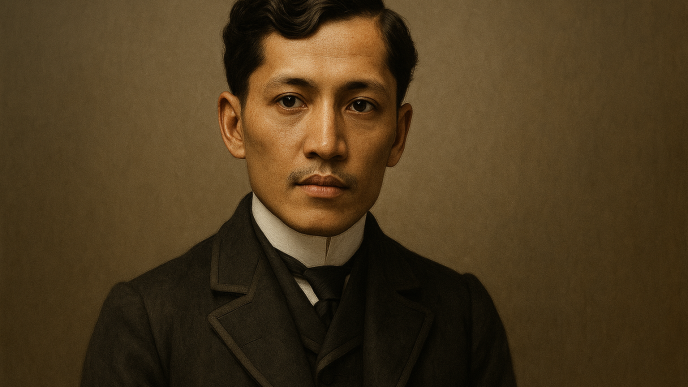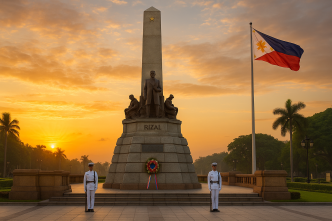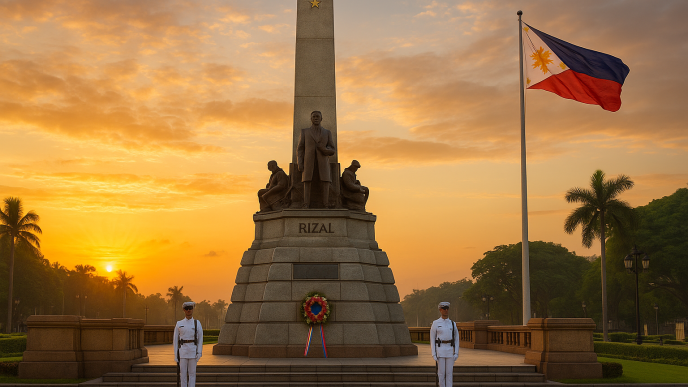José Rizal (1861–1896) lived through the last, transformative decades of Spanish colonial rule — years when steamships and the Suez Canal brought Europe closer, friar estates tightened their hold on land and local politics, export crops reshaped the countryside, and a Spanish-educated Filipino intelligentsia (“ilustrados”) began to ask for rights, not favors.
In this article, we explore what it was like to live in the Philippines during Rizal’s time: how it was governed, how people lived and worked, what the Church and the friars controlled, how the economy changed, and why pressure built toward reform and, eventually, revolution.
The political order: Crown, governor-general, and towns
Central authority. Manila was the seat of a powerful Governor-General who combined civil, military, and fiscal powers. He presided over a small bureaucracy, the Audiencia (high court), and a network of provincial governors (alcaldes/gobernadores) and military commanders.
Municipal rule. At the town level (pueblo), government revolved around the gobernadorcillo (municipal head) and the principalia (local elite). These officials handled taxes, road works, policing, and minor justice. Reforms like the Maura Law (1893) attempted to rationalize municipalities and barrios, but in practice the same local families—often allied with friars—retained influence.
Identification and control. The cédula personal (personal identity/tax certificate) became the everyday document of colonial control. Passes, police checks, and routine inspections kept subjects legible to the state.
Policing. The Guardia Civil — regulars stationed in towns and along the roads — symbolized order to some and intimidation to many. Patrols pursued tulisanes (bandits) and watched over meetings, presses, and schools.
Church and friars: the power behind the curtain
Patronato real (royal patronage) gave Spain a fused church-state system. In the Philippines, religious orders — Augustinians, Dominicans, Franciscans, Recollects— held exceptional power, especially in the lowland Christian provinces:
- Parish control. Friars were often parish priests and de facto local bosses: they kept civil registries (births, marriages, deaths), certified schoolteachers, influenced municipal elections, and shaped moral and political life.
- Friar estates. Large haciendas (notably Dominican lands in Laguna and Bulacan) were rented to Filipino tenants. Disputes over rent, tenure, and abuses fueled resentment — Rizal’s own family in Calamba clashed with the Dominican estate, a conflict that sharpened his critique of colonial landholding.
- The secularization issue. Filipino secular priests sought control of parishes; the Cavite Mutiny (1872) and the execution of GOMBurZa (Gómez, Burgos, Zamora) scarred a generation, convincing many ilustrados that reform inside the system would be long and punishing.
Education, language, and the birth of the Ilustrado
The 1863 Education Decree created a framework for public primary schools for boys and girls, plus normal schools for teachers. Implementation was uneven — funding and teacher quality varied, friars supervised curricula — but the number of schools and literate youths grew.
Secondary and higher learning. Urban families sent sons to institutions like Ateneo Municipal, Universidad de Santo Tomás (UST), and later to Europe. After the Suez Canal opened in 1869, the voyage to Spain shrank from months to weeks, enabling a cohort — Rizal, del Pilar, López Jaena, Luna, Hidalgo — to study abroad, master Spanish, absorb liberal ideas, and form the Propaganda Movement.
Language. Spanish remained the language of power, law, and higher education. Most rural people spoke local languages; bilingual intermediaries—clerks, teachers, sacristans, and traders—knit the system together. Rizal’s choice to write the Noli and Fili in elegant Spanish while defending the dignity of Tagalog and other Philippine languages captured this tension.
The economy: from tribute to export agriculture
From galleons to global trade. The old Acapulco galleon trade ended in 1815; by Rizal’s time, Manila and other ports were open to world commerce. Foreign merchant houses (British, American, Spanish) financed crops; steamers linked islands to Hong Kong and Singapore.
Cash crops and cycles. Regions specialized:
- Sugar in Negros and Pampanga,
- Abacá (hemp) in Bicol and Eastern Visayas,
- Tobacco in Northern Luzon (after the tobacco monopoly was dismantled in the 1880s),
- Coffee in Batangas (booming until coffee rust devastated plantations late in the century),
- Indigo and coconuts in various districts.
This export boom created wealth for planters and middlemen but also debt peonage, tenancy disputes, and exposure to price crashes.
Labor and obligations. Older impositions like polo y servicios (corvée labor) were reduced in length over the century and could often be commuted with a fee (falla), but road works, portering, and military levies still weighed on commoners. Taxation shifted from tribute to the cédula, keeping state revenues stable as the economy monetized.
Infrastructure. Steam navigation expanded interisland trade; telegraph lines and a railway from Manila to Dagupan (1892) compressed space and time, enabling faster troop movements and markets—but also faster spread of news, reformist ideas, and underground networks.
Social landscape: classes, communities, and everyday life
Hierarchy. At the top were peninsulares (Spaniards born in Spain) and insulares (Hispanized elites born in the islands), followed by mestizos (especially Chinese mestizos, prominent in trade and landholding), and the mass of indios (lowland Christian Filipinos). This was not rigidly racial: wealth, education, and patronage could move a family upward over generations.
Chinese community. Sangleys (Chinese migrants) and their descendants anchored retail and credit in towns, sometimes facing discriminatory laws and episodic crackdowns, yet indispensable to the colonial economy.
Urban and rural rhythms. Town life revolved around the plaza complex—church, municipal hall, school — ringed by houses of the principalia. In the countryside, tenancy and sharecropping structured livelihoods; festivals, fiestas, and religious confraternities knit communities.
Dress and culture. The barong, baro’t saya, and camisa persisted, while urban elites wore European suits and gowns. Theater (zarzuela), poetry, and the burgeoning vernacular press flourished alongside Spanish-language publications.
Public health, disasters, and everyday risks
Cholera outbreaks, smallpox, and malaria shaped demography and fear. Vaccination campaigns existed but were uneven. Typhoons and floods regularly upended harvests, compounding debt and banditry.
Famine was rarer in the later 19th century than earlier, thanks to trade and transport, but local hunger still struck when crops or credit failed.
Reformism vs. Reaction: The Propaganda Movement
Abroad, the Propaganda Movement (c. 1880s–1895) used newspapers like La Solidaridad to call for:
- representation in the Spanish Cortes,
- equality before the law,
- secularization of parishes,
- freedom of the press and association,
- and assimilationist reforms rather than independence.
Rizal’s novels — Noli Me Tangere (1887) and El Filibusterismo (1891) —fictionalized abuses: arbitrary arrests, land disputes, parish politics, and the crushing of student initiatives. Their power came from precise social observation, not mere rhetoric.
At home, La Liga Filipina (1892) tried to organize peaceful civic improvement and mutual aid. Its suppression and Rizal’s exile to Dapitan convinced many that reform within the imperial framework was closing.
Censorship, surveillance, and the edge of revolt
Press laws and prior restraint hobbled local journalism; the postal system was monitored; meetings needed permits. The Guardia Civil and parish networks collected gossip as intelligence. Torture and arbitrary detention in political cases were widely alleged.
In 1892, a secret society — the Katipunan — coalesced in Manila, aiming at independence through armed struggle. It spread through workers, clerks, and artisans, particularly among those who felt blocked by the old order despite literacy and urban experience.
Why tension peaked in the 1890s
Several long arcs converged:
- A modernizing economy produced winners and losers; tenancy conflicts like those in Calamba became emblematic.
- Education and travel created Filipinos who could argue rights in Spanish and print; they found friar absolutism and racial slights increasingly intolerable.
- Infrastructure and print sped up the circulation of grievances and organizing.
- Political rigidity — late or cosmetic reforms, harsh policing — signaled that the empire would not easily share power.
Rizal himself opposed a premature uprising, believing education and legal equality the safer path. But his arrest (1892), exile (Dapitan, 1892–1896), and execution (Dec. 30, 1896) convinced many that the door to peaceful reform had slammed shut. His death became the moral hinge between reformism and revolution.
Key dates and milestones (select)
- 1861 – Birth of José Rizal in Calamba, Laguna.
- 1863 – Education Decree establishes a system for primary schools.
- 1869 – Suez Canal opens; travel to Spain shortens dramatically.
- 1872 – Cavite Mutiny; GOMBurZa executed, galvanizing reformist consciousness.
- 1880s – Tobacco monopoly dismantled; export agriculture intensifies.
- 1887 – Noli Me Tangere published in Europe.
- 1891 – El Filibusterismo published; coffee crash hits Batangas.
- 1892 – Manila–Dagupan railway opens; Rizal founds La Liga Filipina, is exiled to Dapitan.
- 1896 – Katipunan revolt; Rizal executed at Bagumbayan.
- 1898 – Spanish rule ends in Manila amid the Spanish-American War; the struggle turns into a new conflict with the United States.
What life in the Philippines felt like
For a peasant family on friar land, the year turned on planting, rents, levies, and saints’ days.
For a town elite, life meant balancing favors (from the priest, provincial governor, and merchants) while educating children and protecting kin.
For a Manila clerk or student, the city throbbed with steam whistles, newspapers, art schools, cafés, and lectures — and the sense that the world, and the archipelago, could be different.
Rizal’s era was thus a paradox: more schools yet stubborn illiteracy, more roads yet unequal justice, more exports yet deepening tenancy, more newspapers yet muzzled speech.
Out of those contradictions rose a generation that imagined the Filipino as a citizen, not a mere subject.
Why this period matters
Understanding the Philippines in Rizal’s lifetime explains why his novels resonated, why reform and revolution braided together, and why debates about land, local power, education, church–state relations, and language remained central long after Spain departed.
The closing decades of the 19th century didn’t just end a colony; they ushered in a series of questions about a nation’s identity and its destiny; questions that many modern day Filipinos are still trying to find answers to today.
Quick Glossary
- Principalia – Local elite who held municipal offices and social prestige.
- Polo y servicios – Compulsory labor for public works, often commutable by a fee (falla).
- Cédula personal – Personal identity/tax certificate required for legal transactions and travel.
- Friar estates – Large landholdings of religious orders rented to tenants.
- Ilustrados – Educated Filipino class, many of whom studied in Europe and pushed for reforms.
- Katipunan – Secret revolutionary society aiming for independence from Spain.
